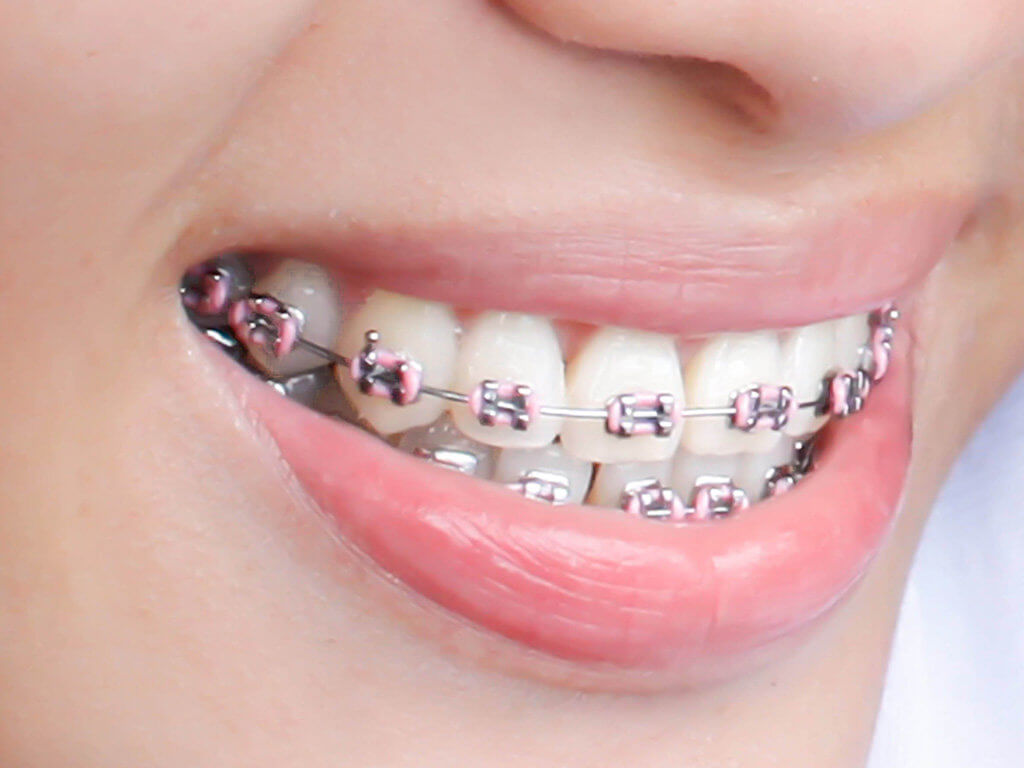When it comes to achieving a perfect smile, timing is everything. Many individuals wonder, what is the best age for teeth braces? This question often arises as parents evaluate the ideal time to address orthodontic concerns for their children. To answer this effectively, understanding dental development, modern trends in orthodontics, and the overall process of getting braces is crucial. Let's explore the best time for braces, along with other essential aspects of orthodontic care.

Orthodontics is closely tied to dental growth and development. Teeth and jaw alignment issues are best addressed during specific stages of growth, which is why knowing the right time for braces can make a significant difference.
-
Primary Teeth Phase (Ages 6-12) During this phase, children still have a mix of baby (primary) and adult (permanent) teeth. Although braces are not typically applied at this stage, early orthodontic evaluations can identify potential problems such as crowding, overbites, or underbites. Addressing these issues early can prevent more severe complications later.
-
Mixed Dentition Phase (Ages 8-14) This is when most permanent teeth begin to erupt, making it an ideal time for early intervention. Orthodontists can use appliances to guide jaw growth and make room for permanent teeth.
-
Permanent Dentition Phase (Ages 10-16) By this stage, all permanent teeth are in place. For most individuals, this is what is the best age for teeth braces? because the jaw is still growing, and teeth can be moved more efficiently.
Orthodontic care has evolved significantly over the years, offering options for children, teenagers, and adults. The perception that braces are only for young people has shifted as adult orthodontics becomes more common.
-
Children's Braces Early orthodontic treatments, often called “phase one,” aim to correct significant alignment or bite issues. They can set the stage for a shorter and more effective phase two treatment during the teenage years.
-
Teen Braces Teenagers remain the largest demographic for braces, as this period aligns with the final stages of jaw growth and the eruption of permanent teeth. Options like traditional metal braces, ceramic braces, and Invisalign for teens provide flexibility.
-
Adult Braces Adults now make up a growing percentage of orthodontic patients. Modern technology, such as clear aligners and lingual braces, allows discreet and effective treatments. This shows that it's never too late to achieve a straighter smile.
Getting braces involves several steps designed to ensure the best results:
-
Initial Consultation An orthodontist evaluates the patient's teeth, jaw, and overall oral health. X-rays and impressions may be taken to develop a customized treatment plan.
-
Treatment Planning Based on the consultation, the orthodontist recommends the best type of braces. This is also the stage where costs, duration, and expected outcomes are discussed.
-
Application of Braces Braces are carefully attached to the teeth using adhesive, followed by the placement of wires. Regular adjustments are necessary to ensure progress.
-
Monitoring and Adjustments Patients typically visit their orthodontist every 4-6 weeks for adjustments and progress evaluations.
-
Removal and Retention Once the treatment is complete, braces are removed, and retainers are provided to maintain the new alignment.
Braces provide more than just cosmetic improvements. Here are some key benefits:
-
Improved Oral Health Straight teeth are easier to clean, reducing the risk of cavities and gum disease.
-
Better Functionality Correcting bite issues can improve chewing and speaking abilities.
-
Boosted Confidence A straight, attractive smile enhances self-esteem and social interactions.
Maintaining the results of orthodontic treatment is essential. Here are some tips:
-
Wear Your Retainer Retainers prevent teeth from shifting back to their original positions.
-
Maintain Good Oral Hygiene Brushing, flossing, and regular dental checkups are critical to keeping your teeth healthy.
-
Avoid Hard and Sticky Foods These can damage retainers or compromise the results of your treatment.
-
Is there an ideal age for braces? While most orthodontists recommend ages 10-14, the answer to what is the best age for teeth braces? can vary depending on individual needs.
-
Can adults get braces? Absolutely. With advancements in orthodontic technology, adults of all ages can successfully improve their smiles.
-
How long does treatment take? Treatment duration depends on the severity of the misalignment, typically ranging from 12 to 36 months.
Determining what is the best age for teeth braces? involves considering individual dental development and goals. While the early teenage years are often optimal, advancements in orthodontics have made it possible for people of all ages to benefit from braces. By understanding the process, trends, and benefits, you can make an informed decision to achieve a healthier, more confident smile. Whether you're planning for your child or considering treatment for yourself, now is always a good time to start your journey to better oral health.





